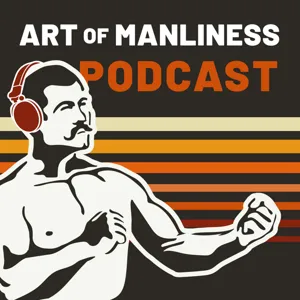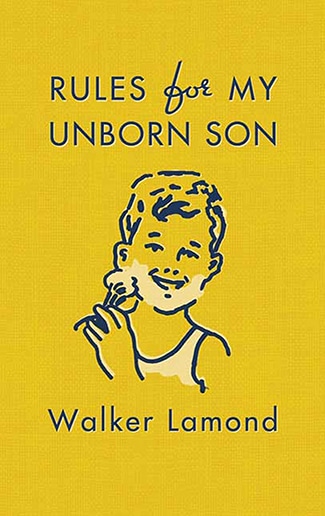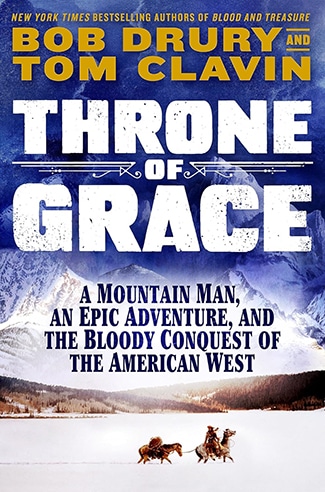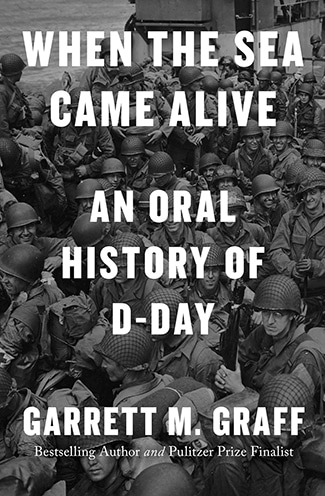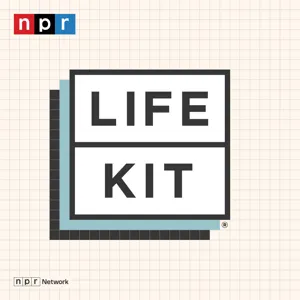Podcast Summary
Insights from a Renowned Butcher on Meat Production and Butchery: Understand the origin of meat, learn where each cut comes from, dry age for flavor, use essential tools for grilling, and try LaFrieda's favorite cuts and cooking techniques.
Pat LaFrieda, a third-generation butcher and owner of a renowned meat fulfillment company, shared valuable insights about the world of meat production and butchery on the Art of Manliness podcast. LaFrieda discussed his family's history in the business and how he ended up supplying meat to top restaurants in New York City. He also provided tips for backyard chefs, including the importance of understanding where each cut comes from and the benefits of dry aging. LaFrieda emphasized the significance of knowing the origin of the meat and recommended essential tools for optimal grilling. He also revealed his favorite cuts of beef, lamb, and pork and offered advice on cooking techniques. Overall, the conversation provided a unique perspective on the meat industry and practical tips for those interested in enhancing their culinary skills.
Owning their own building was crucial for the family meat business during the NYC meatpacking industry downturn: Owning your own property can provide financial stability and control your business's destiny during economic challenges
Owning their own building was a crucial factor in helping the family meat business survive and thrive during the downturn of the meatpacking industry in New York City during the 80s and early 90s. The real estate values skyrocketed, making it unaffordable for companies that didn't own their buildings to keep up with the rent increases. The father's foresight and purchase of their own property allowed them to control their own destiny and weather the economic storm. Additionally, the physical nature of the work and the need to acclimate to working in refrigerated conditions can be challenging for new employees, but with experience, they learn to adapt.
From Whole Animals to Specific Cuts: The Evolution of Beef Industry: The beef industry has moved from selling whole animals to cutting and selling specific cuts based on demand, increasing efficiency and reducing waste.
The beef industry has evolved significantly, and the way we obtain and price different cuts of meat has changed. The misconception that all beef comes from cows used in the dairy industry is not accurate, as we primarily use steers, which are male cattle between 22 to 24 months old. Older cattle, over 30 months, carry a risk of BSE or mad cow disease, and thus, are not handled. Traditional methods of selling whole animals and having to sell all parts to avoid waste have been replaced with modern practices where meat is broken down into cuts based on demand, allowing for more efficient and profitable operations. This change has enabled businesses to focus on specific cuts, such as strip loins and rib eyes, and sell the less desirable cuts to those who specialize in them, like roast beef producers. This shift in the industry has been a positive change, increasing efficiency and reducing waste.
Specializing in top 10% of beef production and direct farmer relationships: Focusing on top quality product and maintaining strong relationships with farmers and clients has led to success in the competitive beef industry.
The company's focus on specializing in the top 10% of beef production and having a direct relationship with farmers has given them an edge in efficiency and quality in the industry. This approach, which began with a focus on supplying restaurants, has led to success, even when they expanded to retail markets. However, this success didn't come overnight and required a commitment to paying bills on time and maintaining good relationships with both farmers and restaurants. The company's ability to work with multiple farmers across different regions and then select only the top 10% of their product has been key to their success. Despite the challenges of the industry, including tight payment terms and taxes, the company's dedication to these practices has allowed them to thrive.
Corn's impact on meat affordability and production: Corn's affordability drives efficient livestock production, keeping meat prices stable. Essential tools like boning and scimitar knives, and a reliable grill, enhance meat preparation and cooking.
The affordability of meat and food in general is largely due to the availability and affordability of corn in the United States. This has allowed for efficient corn-fed livestock production, keeping prices stable even during weather-related disruptions. As for meat preparation and cooking, having the right tools is crucial. A boning knife for deboning larger cuts and a longer scimitar knife for slicing are essential. Additionally, having a reliable grill that can reach the desired temperature quickly is important for efficient outdoor cooking. A small, high-heat grill like the Otto Wildt salamander or cheese melter can be a game-changer for those with limited time for cooking.
Essentials for Cooking a Great Steak: Using the right grill and knives, avoiding freezing, and aging meat enhances flavor and tenderness
Using a well-designed grill and high-quality knives are essential for cooking a great steak without excessive flare-ups or loss of natural juices. Additionally, while freezing meat is not inherently bad, it can lead to a loss of quality and traceability. Aging meat, on the other hand, enhances its flavor by allowing collagen to break down and moisture to evaporate, resulting in a more tender and delicious eating experience. However, proper conditions, such as controlled temperature, humidity, and wind circulation, must be maintained during the aging process to prevent spoilage.
Dry-aging beef at home: Challenging process with benefits: Dry-aging beef at home requires specialized equipment, precise environmental control, and focus on smell for safety. Flat iron steak offers great value for tenderness and flavor.
Dry-aging beef at home is a challenging process that requires specialized equipment and precise environmental control to prevent spoilage. The benefits of dry-aging include enhanced tenderness and flavor, but the process is nearly impossible without a dedicated refrigerator with temperature and humidity regulation. To determine if meat has gone bad, it's essential to look beyond discoloration caused by oxidation and instead focus on the smell. Meat that still smells good is likely safe to consume. A cut of beef that is often underrated is the flat iron, which comes from the front shoulder and offers excellent value for its tenderness and flavor.
Discovering Flavorful and Affordable Economy Cuts of Beef: Explore top blade steaks and hanger steaks for rich, New York strip steak-like flavor at a lower cost. Avoid overrated sirloin steak and distinguish between sirloin and strip loins for optimal taste and value.
There are delicious and flavorful economy cuts of beef that are significantly cheaper than more popular options, such as New York strip steaks. For instance, top blade steaks and hanger steaks taste identical to New York strip steaks but cost around 25% less. Hanger steak, in particular, was once an undesirable cut due to its irregular shape and the difficulty in removing it before splitting the animal. However, once its rich flavor was discovered, it became popular and prices rose. On the other hand, sirloin steak, which is often referred to in marketing, is an overrated cut with little flavor, coming from the less desirable parts of the animal. It's essential to distinguish between sirloin and strip loins, with the latter being a more desirable cut from the back.
New York strip steaks vs. pork butt in NYC steakhouses: New York strip steaks are expensive and nerve-free, while pork butt is tender, versatile, and inexpensive. NYC steakhouses serve big bacon slices with steaks as a tradition. The 'Butcher's Guide to Well-being' is an essential resource for meat industry with detailed cut information.
New York strip steaks, a classic cut often served in New York City steakhouses, are expensive and have no nerve or sinew, resulting in a great steak experience. A lesser-known fact is that some New York City steakhouses serve big, thick slices of bacon with the steak as a tradition. Meanwhile, the most overlooked cut of pork is the pork butt or shoulder, which is tender, versatile, and inexpensive, making it a great option for various dishes. The book "Butcher's Guide to Well-being" provides detailed information on various cuts of meat and their origins, making it an essential resource for those in the meat industry. To learn more about the book, visit Lefrita.com.
Learning the Art of Butchering and Sourcing Quality Meat: Learn the importance of using high-quality, locally-sourced meat and proper butchering techniques for maximizing flavor and efficiency. Explore the world of charcuterie and curing meats at home.
That Pat Lefreda, the owner of Pat Lefreda Meat Proveyors and author of "Meat Everything You Need to Know," shared valuable insights about the art of butchering and the importance of knowing where your meat comes from. Lefreda emphasized the significance of using high-quality, locally-sourced meat and the importance of proper butchering techniques for maximizing flavor and efficiency. He also encouraged listeners to explore the world of charcuterie and the art of curing meats at home. If you're interested in learning more about these topics, be sure to check out Lefreda's book, available on Amazon.com and at bookstores everywhere. Additionally, you can find more resources related to this episode in our show notes at aom.is/butcher. Remember, knowledge is manly, and by expanding our skills and understanding, we can live more fulfilling lives. So, keep learning, stay manly, and we'll see you next time on The Art of Manliness Podcast.

